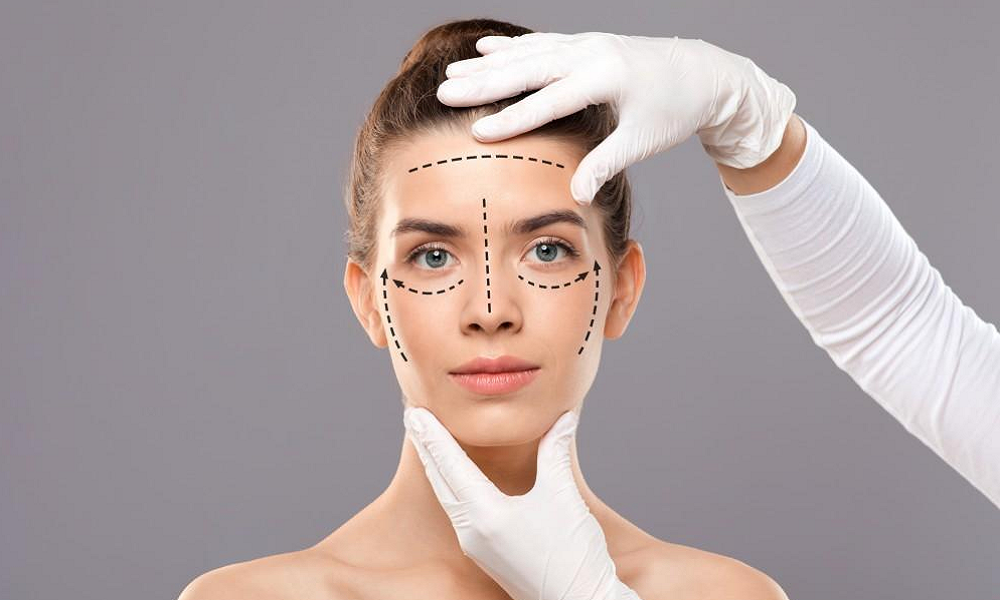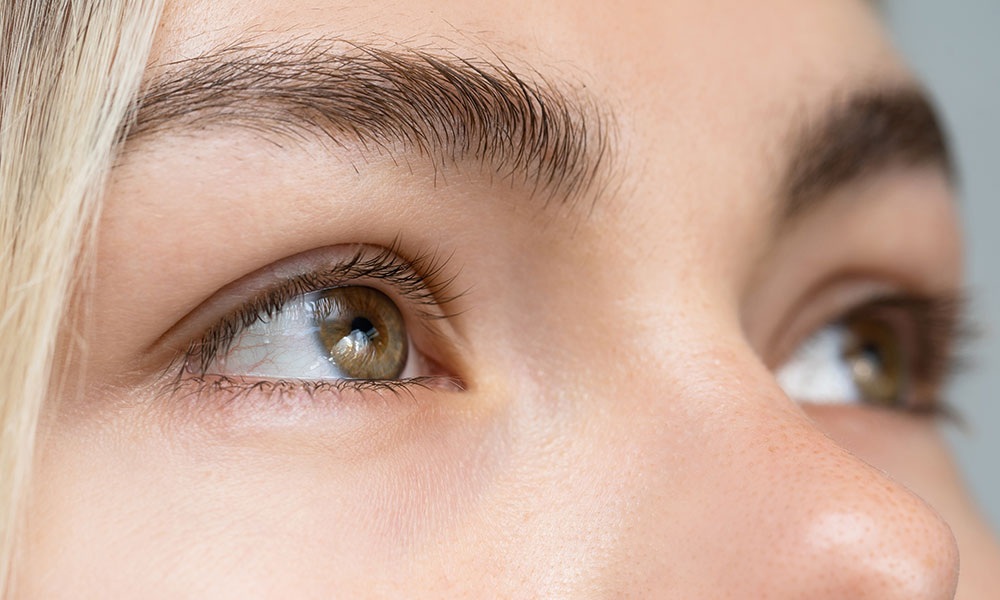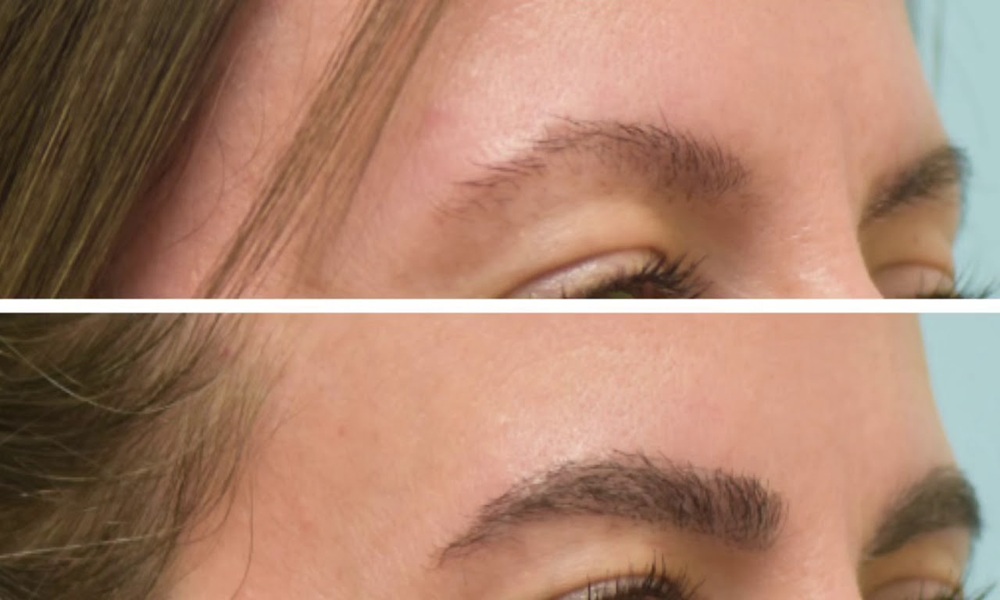Have you ever looked in the mirror and felt like your eyes tell a different story than the rest of your face? Puffy under-eye bags, droopy eyelids, and tired-looking eyes can make you appear older and more fatigued than you really are. The good news? You don’t have to live with it. Blepharoplasty, also known as eyelid surgery, is helping countless people in Islamabad reclaim their youthful, refreshed look—without overdoing it.
Let’s explore how this popular cosmetic procedure is transforming faces and boosting confidence in the capital city.
What is Blepharoplasty?
Blepharoplasty is a surgical procedure that targets the upper and/or lower eyelids to remove excess skin, fat, and tissue. It’s commonly used to:
- Eliminate under-eye bags
- Fix drooping upper eyelids
- Reduce puffiness
- Improve overall eye contour and visibility
Although often pursued for aesthetic reasons, blepharoplasty can also have functional benefits—like improving peripheral vision in cases where sagging skin interferes with sight.
Why More People in Islamabad are Choosing Eyelid Surgery
In a city like Islamabad, where beauty trends are merging with international standards, people are becoming more conscious of subtle cosmetic enhancements. Blepharoplasty offers:
- Quick recovery compared to many other surgeries
- Natural-looking results that don’t scream “cosmetic work”
- A long-lasting impact—results can last for years
- A boost in self-confidence, especially in social or professional settings
With the procedure becoming more accessible and affordable, it’s no surprise that blepharoplasty is gaining popularity among both men and women in their 30s to 60s.
What to Expect Before, During, and After the Procedure
Consultation & Planning:
Your journey begins with a personalized consultation. At this stage, the surgeon evaluates your eyelids, discusses your goals, and creates a tailored plan. This step ensures that results align with your natural features—not a one-size-fits-all outcome.
The Procedure:
Blepharoplasty typically takes 1 to 2 hours and is performed under local anesthesia (sometimes with sedation). The surgeon makes small incisions in the natural folds of your eyelids, which heal almost invisibly. Fat and excess tissue are removed or repositioned, giving your eyes a more youthful, rested appearance.
Recovery Time:
- Most patients return to normal activities within 7–10 days
- Swelling and bruising typically subside within 2 weeks
- Final results become visible in 4–6 weeks, with continued improvement
Choosing the Right Clinic for Blepharoplasty in Islamabad
When it comes to facial surgeries, expertise matters. You want a surgeon who understands not just anatomy but also the delicate art of facial aesthetics.
At The Aesthetic Line, our team focuses on creating results that look natural—not overdone. Our approach combines surgical precision with an artistic eye, ensuring your eyes look brighter, not “operated on.”
Whether you want to subtly refresh your appearance or address sagging that interferes with your vision, we’re here to guide you through every step.
Is Blepharoplasty Right for You?
You might be a good candidate if:
- You have persistent under-eye bags
- Your upper eyelids droop or impair vision
- You’re tired of looking tired
- You want long-term results without high-maintenance treatments
This is not just a cosmetic procedure—it’s a life-enhancing choice. Patients often report feeling more energetic and confident after surgery, and the results speak for themselves.
Ready to Wake Up Looking Refreshed?
If your eyes are saying things your heart isn’t—like “I’m exhausted” or “I’m older than I feel”—then maybe it’s time for a change.
Blepharoplasty in Islamabad could be the solution you’ve been searching for. Natural results, minimal downtime, and a major boost in confidence.






